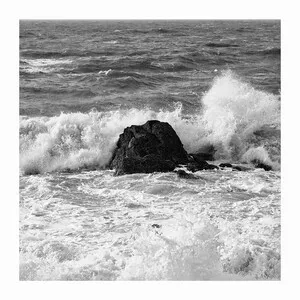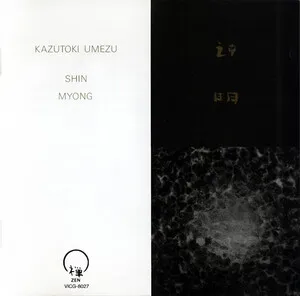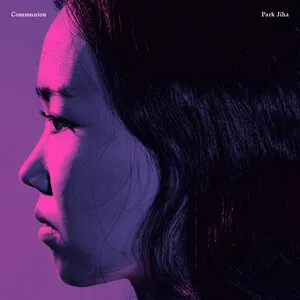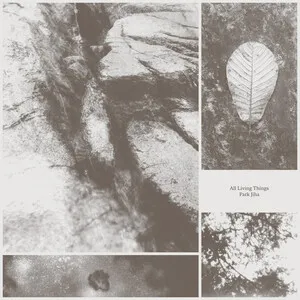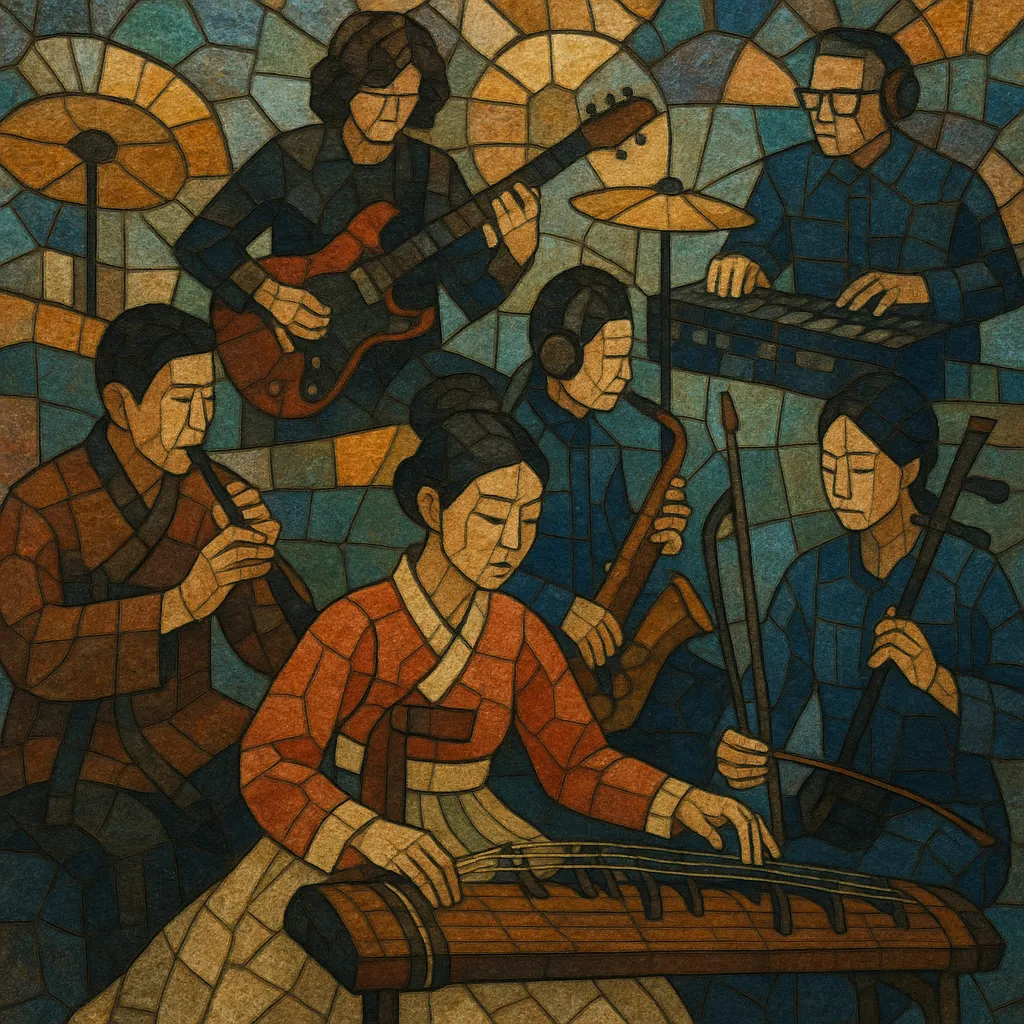
Fusion gugak (Korean: 퓨전국악) is a contemporary style that blends Korea’s traditional music, instruments, and rhythmic cycles with modern genres such as rock, jazz, electronic, pop, and post-rock.
It typically features traditional instruments like gayageum, geomungo, haegeum, daegeum, piri, and janggu alongside electric guitar, bass, drum kit, keyboards, and samplers. Musically, it draws on gugak’s modal systems (e.g., pyeongjo and gyemyeonjo), expressive ornaments (sigimsae), heterophonic textures, and cyclical rhythms (jangdan such as jinyangjo, jungmori, jajinmori, and gutgeori), while adopting contemporary forms, groove sensibilities, harmony, and production.
The result ranges from cinematic and atmospheric to danceable and hook-driven, preserving the timbral identity and rhythmic language of gugak while expanding it with amplification, effects, and global songwriting approaches.
Early cross-genre experiments by Korean composers and bandleaders began introducing traditional instruments and modes into amplified and band-based contexts. These projects explored how gugak’s modes, ornaments, and jangdan could sit within rock, jazz, and emerging electronic textures. By the 1990s, the phrase “fusion gugak” (퓨전국악) gained currency to describe ensembles that purposefully combined traditional instruments with modern band lineups.
In the 2000s, dedicated fusion gugak groups formed and toured, solidifying practices such as mixing gayageum or geomungo with drum kit and electric bass, and arranging pansori- or minyo-derived melodies for contemporary song forms. Recording studios and live clubs in Seoul’s indie ecosystems nurtured the scene, while arts festivals and public cultural institutions supported collaborations among classically trained gugak performers and jazz/rock musicians.
The 2010s brought international acclaim. Bands like Jambinai and Black String earned attention from global festivals and world-music press, showcasing large-scale post-rock climaxes and jazz-informed improvisation framed by gugak timbres and rhythms. Other acts (Coreyah, SsingSsing, Ak Dan Gwang Chil, Second Moon) popularized song-driven approaches, highlighting shamanic/folk roots, catchy refrains, and vivid stagecraft.
In the 2020s, projects such as Leenalchi helped bring fusion gugak into mainstream awareness via viral videos and brand collaborations, while solo artists like Park Jiha underscored the style’s ambient, chamber, and minimalist possibilities. Streaming platforms and international showcases widened the audience, cementing fusion gugak as a flexible, export-ready expression of Korean musical identity.
-
• Pick gyemyeonjo in jungmori. 2) Write an 8-bar motif for haegeum with sigimsae. 3) Add janggu pattern + drum kit backbeat reinforcing the cycle. 4) Lay a bass drone on the modal tonic. 5) Introduce electric guitar swells (delay/reverb). 6) Add vocal refrain echoing the motif. 7) Build to a post-rock climax, then return to a sparse coda with piri solo.

